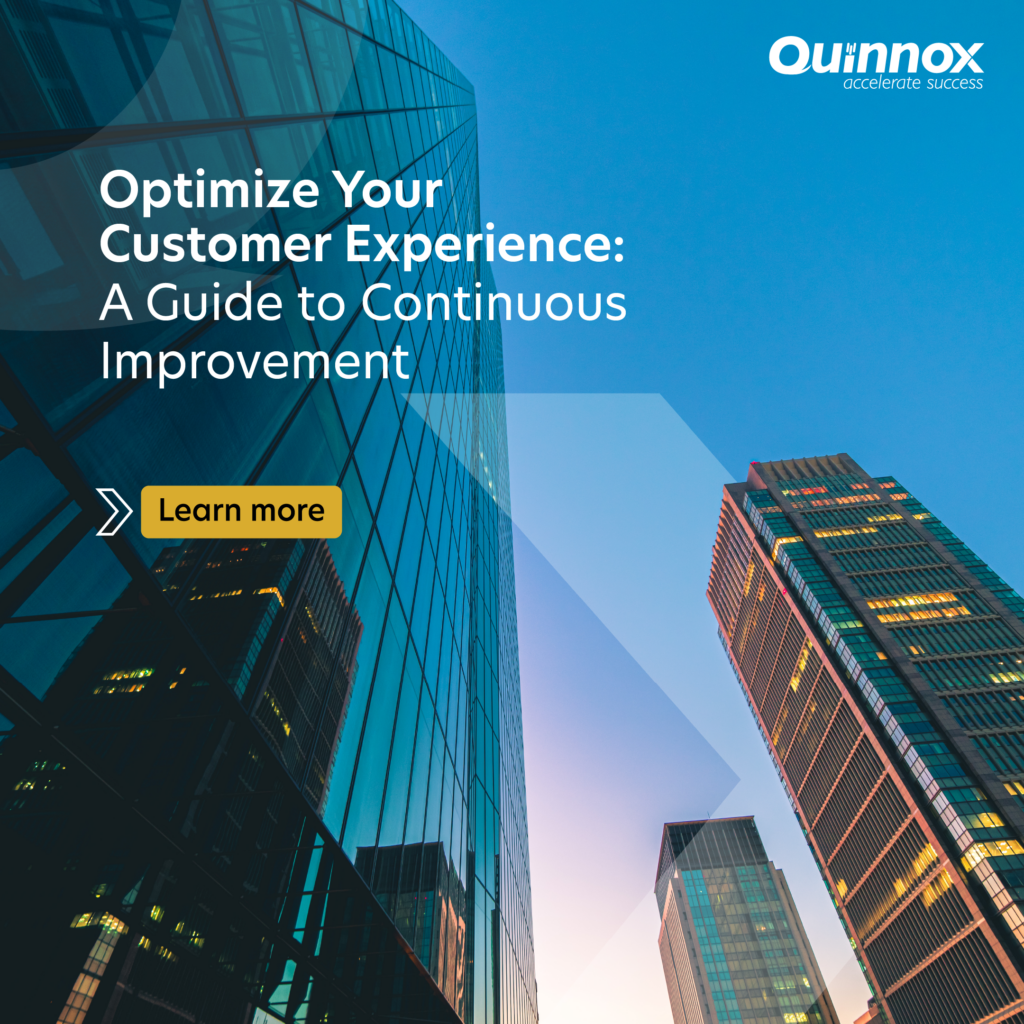CXA is the process of collecting, analyzing, and interpreting data related to your customers’ interactions with your brand. This data encompasses various touchpoints, including your website, mobile app, social media presence, customer service interactions, and even physical stores.
Ignoring CXA is like driving blindfolded: You might reach your destination, but the journey will be bumpy, inefficient, and potentially costly. Here’s why business and tech leaders across industries can’t afford to neglect CXA:
1. Uncover Hidden Gems: CXA goes beyond surface-level metrics like website traffic or sales figures, deep diving into customer sentiment, behavior, and journey patterns, revealing hidden gems of opportunity. Imagine identifying a frustration point in your mobile app that is causing churn or discovering a loyal customer segment you weren’t targeting. CXA empowers you to see what your customers see and act accordingly.
2. Predict and Proact: CXA isn’t just about looking back; it’s about looking ahead. You can predict customer behavior and anticipate future needs by analyzing historical data and trends. This allows for proactive measures like personalized recommendations, targeted marketing campaigns, and even pre-emptive customer support. Imagine catching a potential customer’s dissatisfaction before it escalates or predicting a surge in demand and scaling your infrastructure accordingly.
3. Personalization Powerhouse: In today’s age of individualization, customers expect experiences tailored to their unique preferences. CXA fuels this personalization engine by providing deep insights into individual customer segments. Identify their preferred communication channels, buying habits, and pain points. This empowers you to create targeted experiences that resonate with each customer, fostering loyalty and advocacy.
4. Data-driven decision-making: Forget gut feeling. Embrace data-driven certainty. CXA provides tangible metrics and visualizations that tie customer experience directly to business outcomes like revenue, churn rate, and customer lifetime value. This data-driven approach empowers you to make informed decisions about investments, product development, and marketing strategies, ensuring they align with your customer’s needs.
5. Innovation Catalyst: CXA isn’t just about fixing problems but sparking innovation. By understanding customer pain points and unmet needs, you can identify opportunities for new products, services, and experiences that truly delight your customers. Imagine discovering a gap in the market based on customer feedback or developing a new feature that solves a recurring frustration. CXA becomes the fuel for your innovation engine.
Embracing CXA doesn’t have to be daunting. Modern technology solutions offer user-friendly platforms for collecting, analyzing, and visualizing customer data. Partnering with a tech company like Quinnox can help you navigate the implementation process, ensuring you choose the right tools and extract maximum value from your data.
Explore More on Customer Experience





